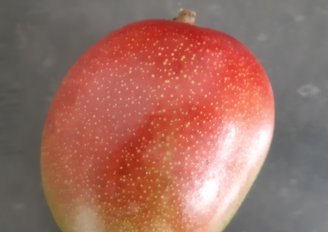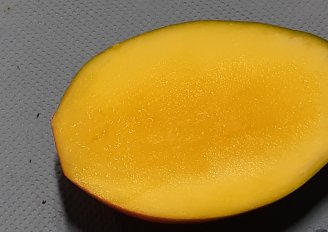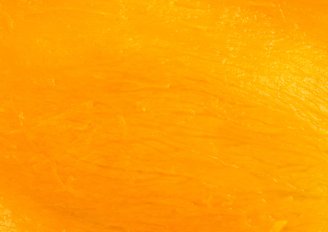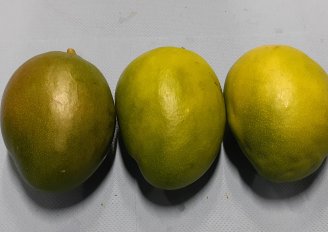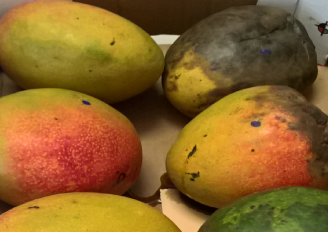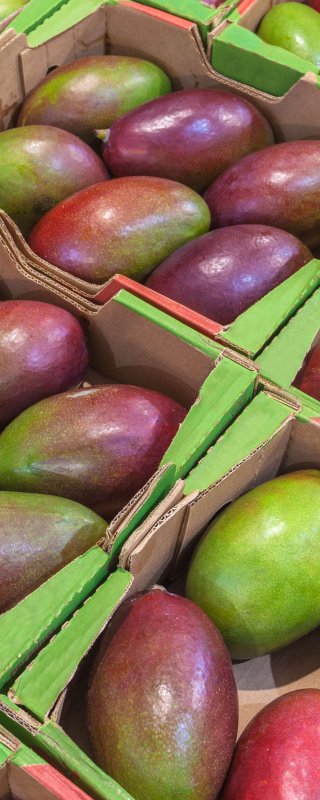
Mango quality
Quality of mango is defined by several quality attributes. The most important are appearance, colour, texture and flavour. Appearance and colour are examples of quality attributes judged on the outside, whereas texture and flavor are internal quality parameters. The quality attributes are influenced by variety, pre-harvest factors, harvest practices and postharvest handling. Determination of fruit quality provides an important indication of the remaining storage potential and shelf-life.
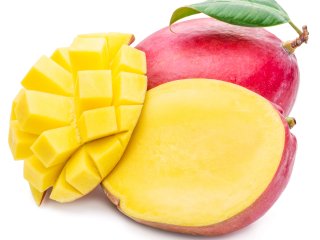
Quality attributes of mango
Mango is one of the most popular fruit and often also rated as one of the tastiest. A basis for this is the correct maturity at harvest, which can be assessed by internal color, firmness, and sugar content. The maturity of the mangos at harvest must be such that they can continue the ripening process and achieve the satisfactory degree of ripeness for the final consumer. In the meantime, diseases and disorders must be prevented as much as possible. The changes in colour and flesh texture during ripening can vary depending on the variety. But for all varieties, the minimum requirements for mangoes of good quality are: intact, sound, clean, fresh in appearance, free of any foreign smell and/or taste, and free from damage caused by low temperature.
Attention points mango quality
How to measure quality traits of a mango?
| Type of quality trait | Quality trait | Measurement method | Standard method? |
|---|---|---|---|
| Colour | Blush colour | A quality controller checks the blush colour with a colour chart | Yes |
| Colour | Flesh colour | A quality controller checks the flesh colour with a colour chart | Yes |
| Colour | Ground colour | A quality controller checks the ground colour with a colour chart | Yes |
| Defects | External diseases & disorders | A quality controller checks the outside of the mango visually on diseases & disorders | Yes |
| Defects | Internal diseases & disorders | A quality controller checks the inside of the mango visually on diseases & disorders | Yes |
| Molecular composition | Sugar content | The total soluble solids (TSS) is measured with an analog or digital refractometer | Yes |
| Shape & Size | Maturity | A quality controller estimates the maturity of the mango by looking at its shape | Yes |
| Shape & Size | Size | A quality controller estimates the size of the mango visually | Yes |
| Shape & Size | Weight | A quality controller weighs the mango on a scale | Yes |
| Texture | Firmness | The firmness of the mango is measured with a penetrometer | Yes |
